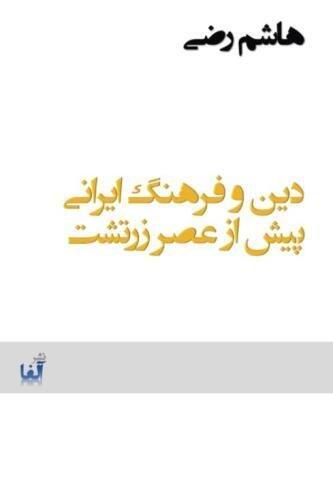
Din Va Farhang-E Irani Pish AZ Zartosht: The Religion and Culture of Iran Before the Era of Zarathustra
بواسطة
Hashem-E Reza
لا توجد تقييمات بعد
Religion & Spirituality
تنسيق
غلاف ورقي
صفحات
486
لغة
الفارسية
منشور
Apr 28, 2017
الناشر
CreateSpace Independent Publishing Platform
الطبعة
1
رقم ISBN-10
1546364781
رقم ISBN-13
9781546364788
الوصف
Exploring the roots of ancient Iranian civilization, this work delves into the culture and religion that existed prior to the rise of Zarathustra. The intricate tapestry of beliefs and practices is painted vividly, offering insight into a world rich with myth, ritual, and community. This foundation laid the groundwork for later developments in Zoroastrianism, showcasing the evolutionary nature of spiritual systems in the region.
The author meticulously examines archaeological evidence, historical texts, and cultural artifacts to piece together the practices and ideologies that characterized the lives of early Iranians. There is a profound reverence for the complexities of early religious thought, highlighting how these pre-Zoroastrian beliefs influenced not only the Iranian people but also had a lasting impact on the broader history of religion.
Through thoughtful analysis and engaging prose, the reader is invited on a journey back in time, revealing a fascinating era that deserves recognition and understanding. This exploration serves as an essential contribution to the comprehension of Iranian cultural heritage.
The author meticulously examines archaeological evidence, historical texts, and cultural artifacts to piece together the practices and ideologies that characterized the lives of early Iranians. There is a profound reverence for the complexities of early religious thought, highlighting how these pre-Zoroastrian beliefs influenced not only the Iranian people but also had a lasting impact on the broader history of religion.
Through thoughtful analysis and engaging prose, the reader is invited on a journey back in time, revealing a fascinating era that deserves recognition and understanding. This exploration serves as an essential contribution to the comprehension of Iranian cultural heritage.